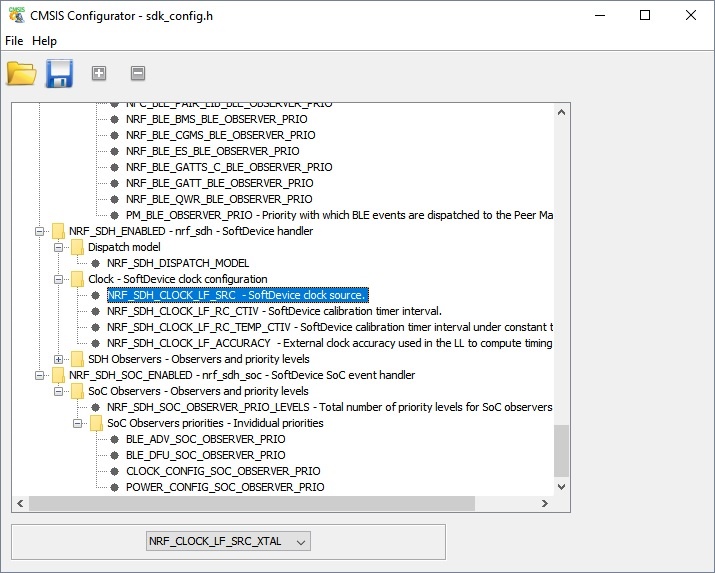From what I understand the clock source for the example ble_app_uart is the 32 KHz external crystal. Please, see the screenshot of the CMSIS configurator:

How do I set the external 32 MHz crystal?
I am using the development board PCA10040, SDK 15 and softdevice 6.0.
Best regards


